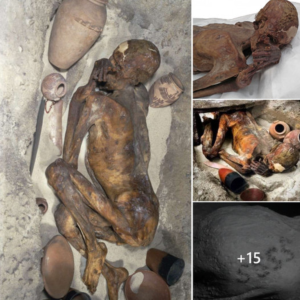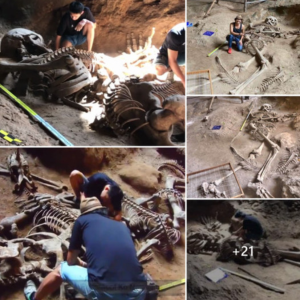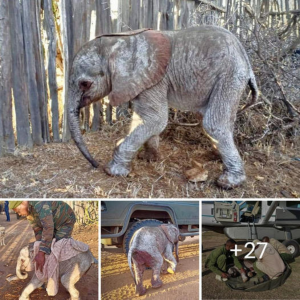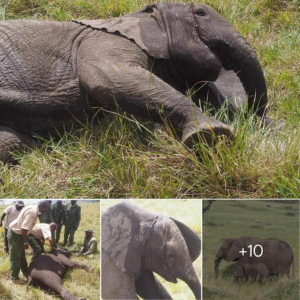Archaeologists have made a significant discovery in the Polish village of Łęgowo near Wągrowiec, uncovering hundreds of pit tombs dating back 2,500 years. These tombs, part of the Lusatian culture’s burial customs, reveal much about the lives and beliefs of the people during the late Bronze Age and early Iron Age.

During the excavation, archaeologists found the remains of thousands of settlers in 150 graves, known as pit tombs. These tombs were common in Lusatian culture, where cremated remains were placed in urns and buried together. A particularly notable find was a tiny urn next to an early baby’s rattle, shaped like a pillow and made from clay filled with small balls. Other interesting discoveries included a spoon with a bird-shaped handle and a decorated bowl with a bird-like figure inside.

The practice of cremation in Lusatian culture is believed to be linked to their solar beliefs and sun worship. The ashes were typically placed in urns, which were then buried in pits. Some of these urns were highly decorated with elaborate patterns and images depicting the Lusatian way of life, such as horse riding and agriculture.

Lusatian culture, which spread from Poland into the Czech Republic, Slovakia, and parts of East Germany, was primarily composed of cattle, pig, and goat farmers. The people practiced cremation, placing the ashes in urns as vessels for the deceased’s ‘last journey.’ These urns were often accompanied by clay gifts meant to send the deceased on their way to the gods. Families chose tombs in a manner similar to how funeral plots are allocated today, with family members often buried together unless the tomb became full and was buried over.

One pit tomb contained as many as 40 urns, while others included various gifts, such as bronze items like pins, a sickle, and an early razor. Additionally, a small rectangular clay object, known as a ‘moon idol’ and associated with the cult of hearth and home, was found—a unique discovery for this part of Poland.

The Lusatian culture was first excavated in the 1930s, with notable sites in Wielkopolska (Greater Poland) and Buch near Berlin. These sites revealed open villages with fortified settlements and nearby cemeteries. Graves in swampy areas were often filled with ‘gifts to the gods,’ possibly from sacrificial rituals. In Brandenburg, Germany, sacrificial pits containing human bones buried as deep as five meters were discovered.

Records from the fifteenth century by Polish priest Jan Długosz were among the first to mention the cemetery near Wągrowiec. The location of the site was pinpointed to the village of Łęgowo in the 19th century, with recent work carried out by the Regional Museum in Wągrowiec.

The discovery of these pit tombs and the artifacts within them provides valuable insights into the burial practices, daily life, and beliefs of the Lusatian culture, enriching our understanding of this ancient society.





